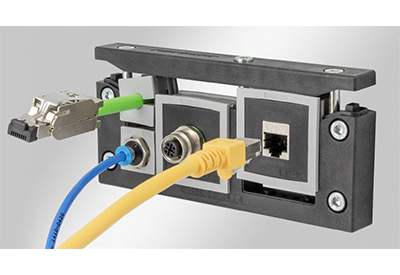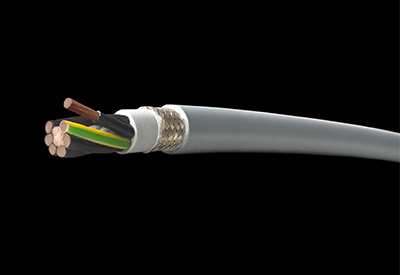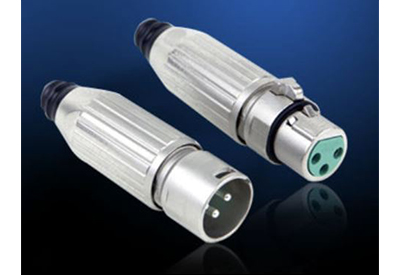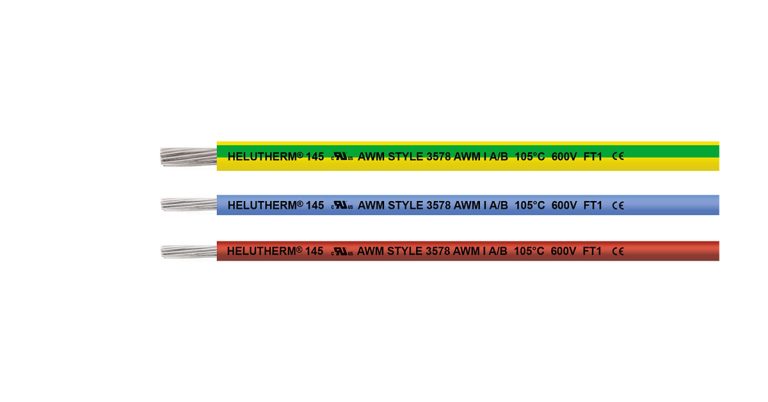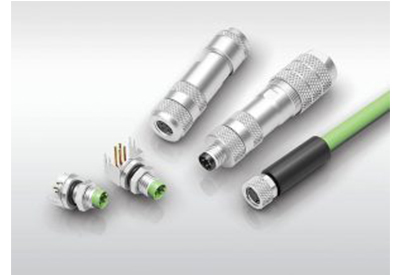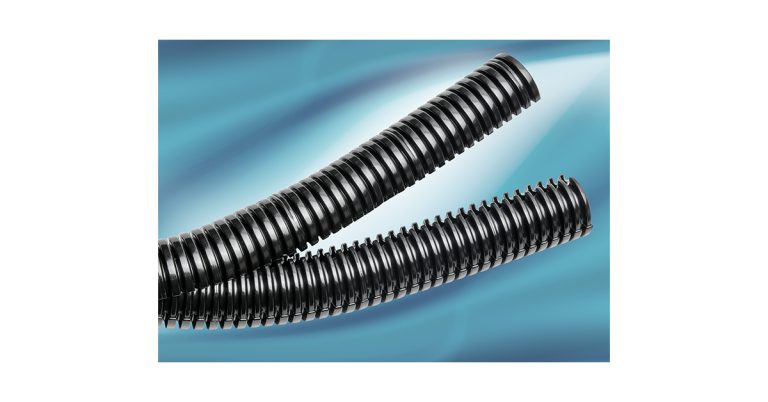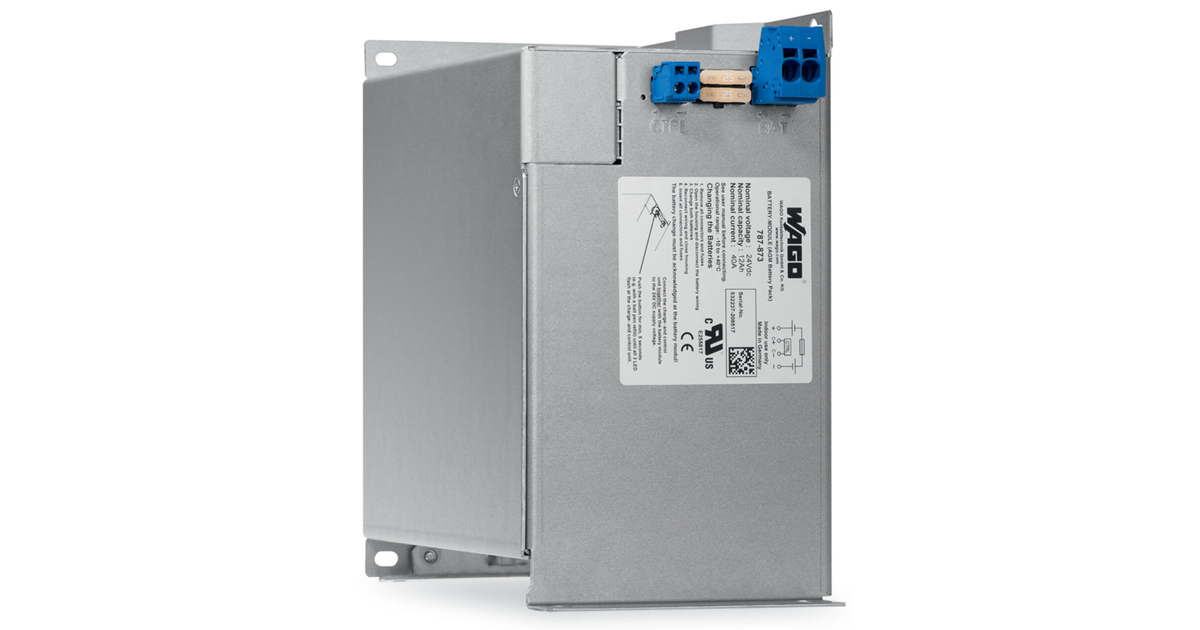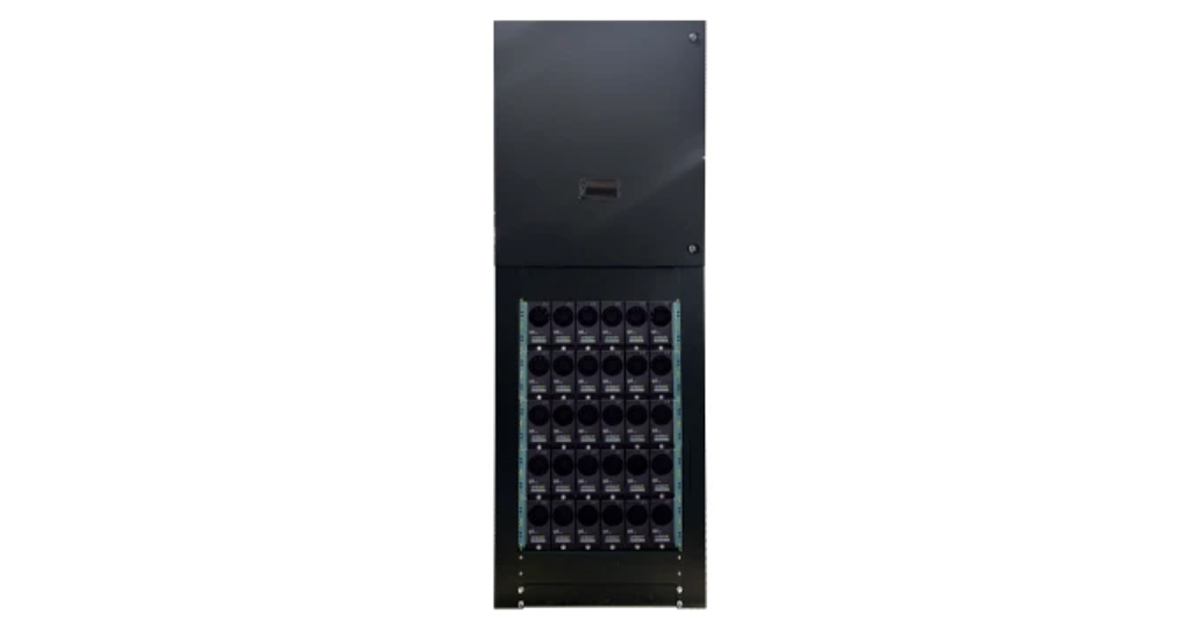Opto 22 Announces Groov RIO—I/O for the IIoT
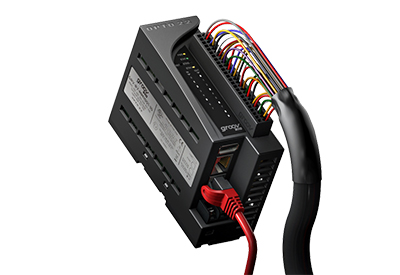
March 16, 2020
Industrial automation manufacturer and industrial internet of things (IIoT) developer Opto 22 recently announced groov RIO, a family of intelligent, distributed input/output (I/O) for IIoT and automation applications. groov RIO represents a first-in-class solution for its ability to quickly connect traditional wired switches and sensors directly to Ethernet networks, software applications, and cloud platforms without intermediary control or communication hardware, such as PLCs, PACs, or PCs.
The first shipping version of groov RIO is the GRV-R7-MM1001-10, a standalone, 10-channel, multi-signal, multifunction I/O unit for signals including thermocouples (TCs), integrated circuit temperature devices (ICTDs), voltage inputs, current inputs, millivolt inputs, discrete DC inputs, self-wetting discrete inputs, discrete DC sinking outputs, and Form C mechanical relays. In addition, two channels provide special features like pulse counting, on- and off-time totalization, software latching, frequency measurement, and more. GRV-R7-MM1001-10 is completely standalone and software-configurable through a browser-based interface.
Although many smart wireless sensing devices have begun appearing at the edge, the majority of I/O switches, sensors, and transmitters use wired connections. Traditional remote I/O requires an industrial controller or gateway in order to propagate these signals to other systems, which limits their availability to enterprise consumers. By contrast, a groov RIO unit can be installed and operated independently, using its embedded software tools and protocols to share data instantly across the organization.
“When we designed groov RIO, we were looking for ways to democratize I/O data, because that’s what the IIoT is all about,” said Vice President of Product Strategy at Opto 22, Benson Hougland. “Although groov RIO can be used as remote I/O with our groov EPIC® system or another control system, we also wanted it to operate autonomously, facilitating direct connection between I/O signals and databases, business software, or cloud IoT platforms.”
For applications like data center infrastructure management (DCIM), warehouse and office security, and remote condition monitoring—applications that need to move many real-world signals into on-premises or cloud-based software—I/O integration typically requires multiple components and specialized skill sets. Electrical and instrumentation engineers need to specify a variety of field I/O modules, and design, install, and wire appropriate I/O enclosures. Controls engineers need to program PLCs for signal processing and data collection. Then networking and software engineers need to configure communication gateways and servers that finally deliver data to consumers. With so many layers between data production and consumption, these systems also require significant ongoing maintenance in order to provide robust communication.
groov RIO addresses all these issues with flexibility that significantly speeds integration of IIoT applications. GRV-R7-MM1001-10 supports 12 different types of field I/O circuits, making it capable of over 52,000 I/O combinations, which dramatically simplifies module selection and spares management. It also provides no-hassle, enclosure-free installation with multiple power options, including standard 802.3af Power-over-Ethernet (PoE); an extended operating temperature range; and UL Hazardous Locations and ATEX approvals.
Once installed, groov RIO can be independently managed and configured through browser-based tools. Per-channel I/O type and signal-processing options through groov Manage eliminate the need for a master control unit, and support for standard enterprise network services like DNS, DHCP, and VPN facilitates network connectivity. Embedded communication options range from efficient data publishing with MQTT Sparkplug to advanced signal processing, data aggregation, and transactions with databases and web services, using the low-code Node-RED environment and runtime.
On top of all this, groov RIO also fills the role of standard remote I/O for sensing, control, and visualization in industrial automation applications. GRV-R7-MM1001-10 is compatible with any Modbus/TCP master and with Opto 22’s groov EPIC platform.
![]()
Features of the new GRV-R7-MM1001-10 unit include:
- • 8 multi-signal, multifunction channels supporting analog input sensing (V/mV/mA), temperature sensing (ICTD, TC B/E/J/K/N/R/S/T), discrete input sensing (DC input or dry contact status), analog output (V/mA), and discrete output (DC sinking)
- • 2 mechanical Form C relays supporting normally-open or normally-closed circuits
- • Intelligent analog and discrete signal processing, including scaling, ramping, filtering, counting, TPO, frequency/period measurement, and on-/off-time totalization
- • Analog outputs and self-wetting inputs that can be powered over Ethernet
- • Analog input accuracy from 0.002%–0.03% of span • Compatibility with any Modbus/TCP master, or groov EPIC via PAC Project Basic or Pro
- • UL Hazardous Locations approval and ATEX compliance
- • Remote configuration and troubleshooting from any web browser on any device
- • Dual switched Gigabit Ethernet network interfaces supporting star or daisy-chain topologies
- • USB port for serial communications or external mass storage
- • Multiple power options including external DC input and Power over Ethernet (PoE)
- • Wide –20 to 70 °C operating temperature range
- • Spring-clamp terminal strip directly atop the unit, accommodating up to 14 AWG wire
- • LED indicators for power, network, and I/O activity, and for individual discrete channels
- • Real-time, open-source OS running on an industrial ARM® processor
- • 1 GB RAM, 4 GB user space on industrial eMMC with a power-fail safe filesystem
Software features include:
- • User authentication, device firewall, and SSL/TLS encryption with certification
- • groov Manage software for configuration, commissioning, and debugging from anywhere on the network or remotely via embedded VPN client
- • Node-RED flow-based development environment and runtime for edge data processing, handling, communications, and visualization
- • MQTT client for efficient, industrial publish-subscribe communications
![]()

